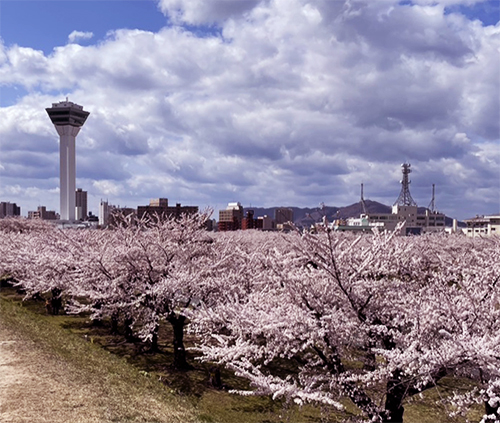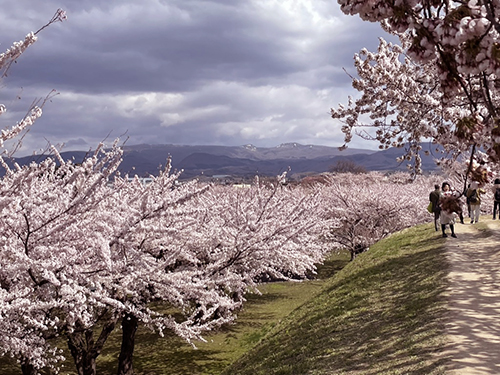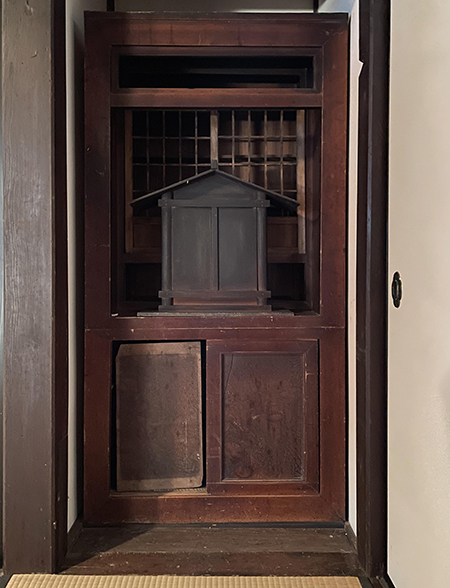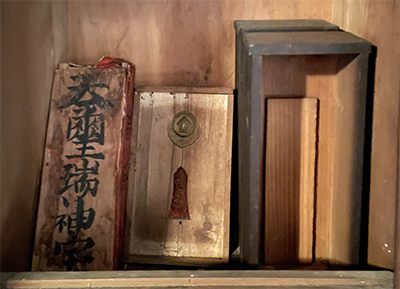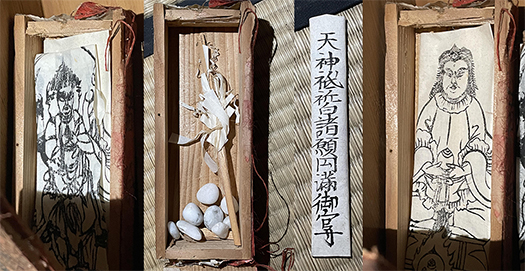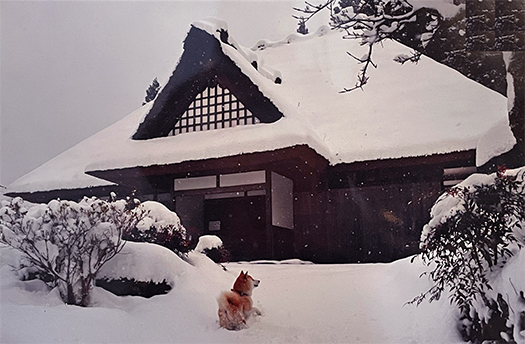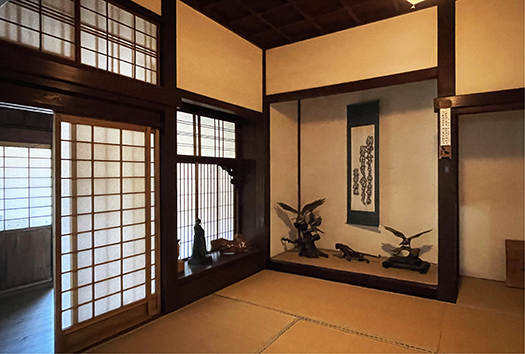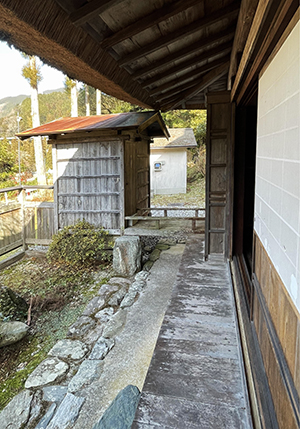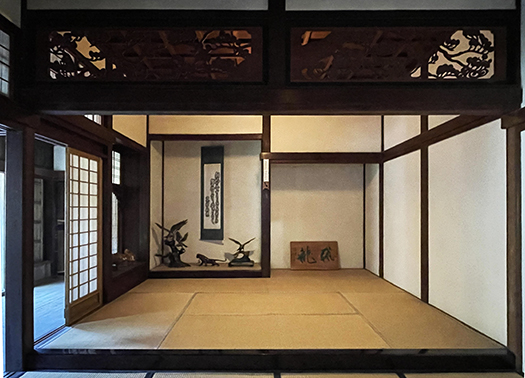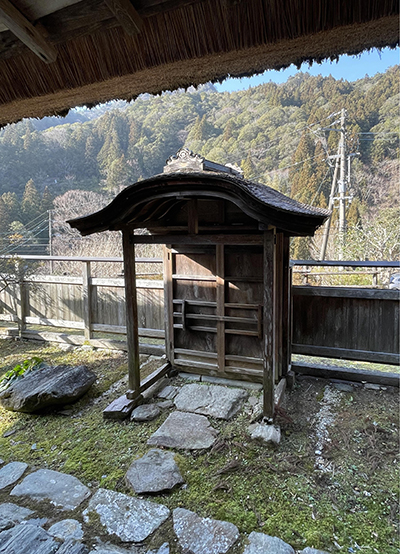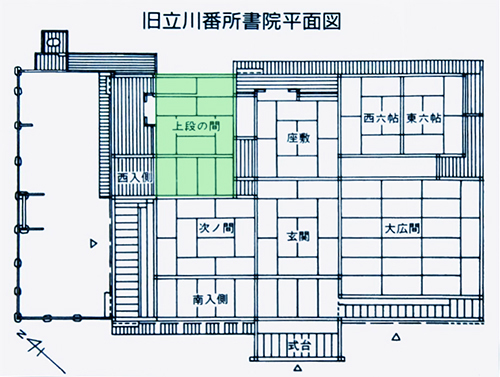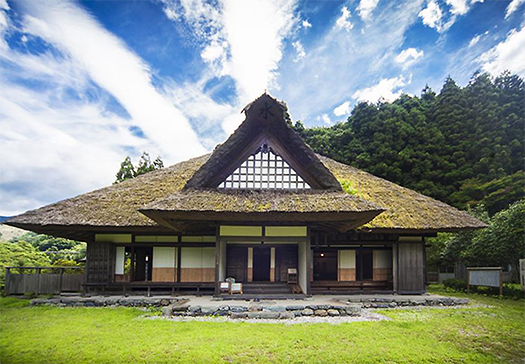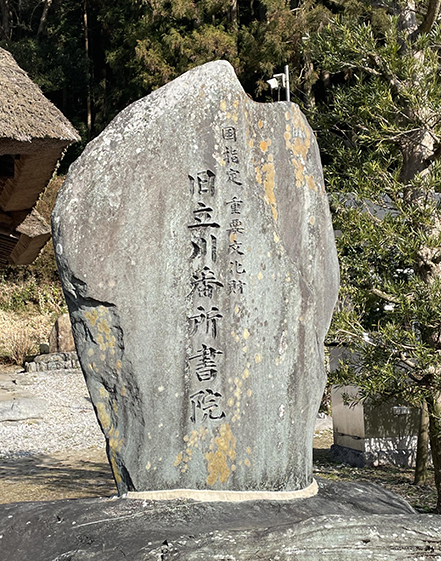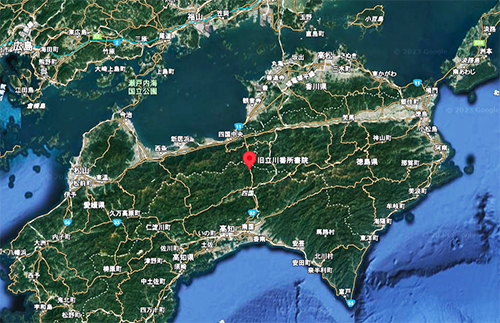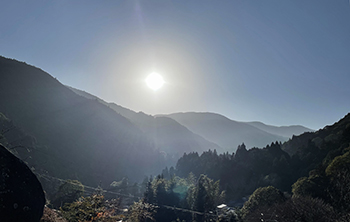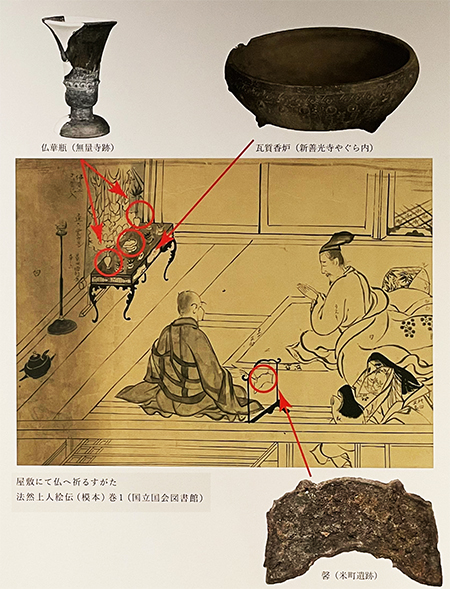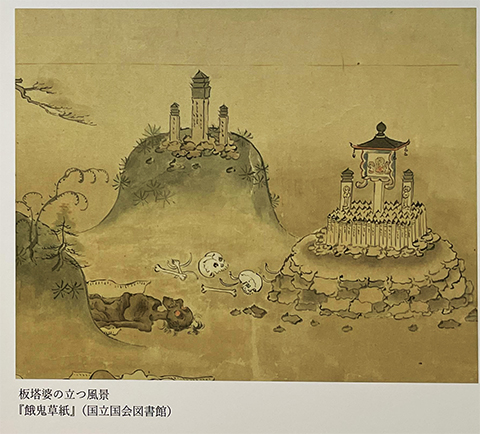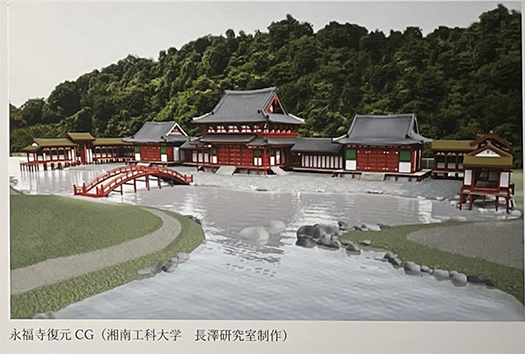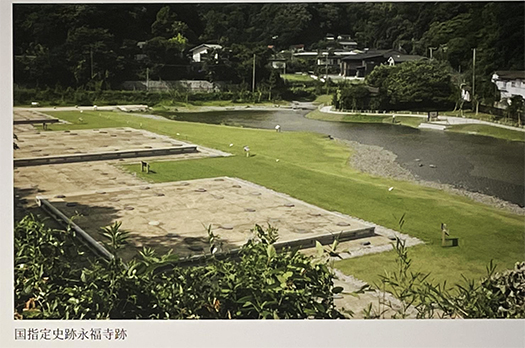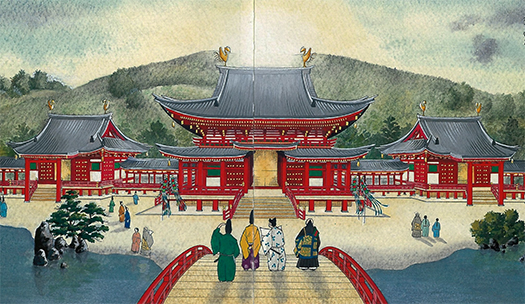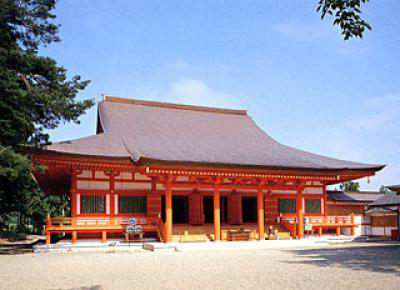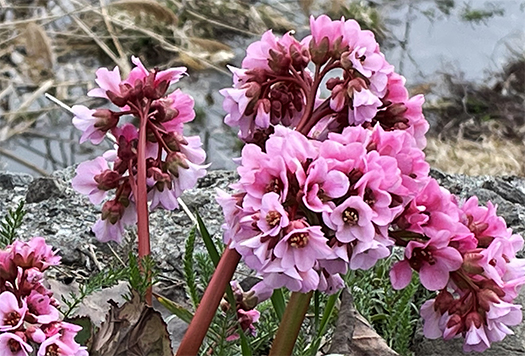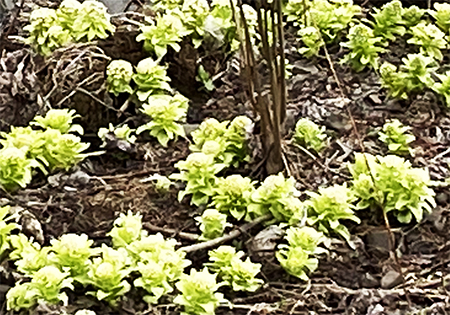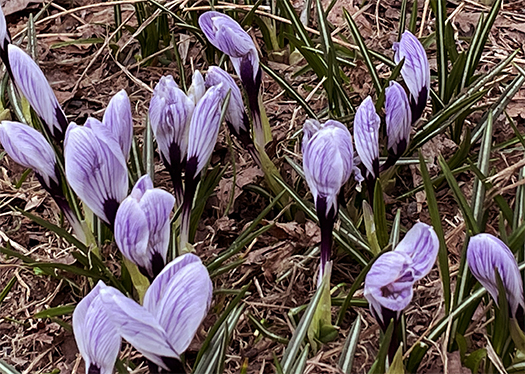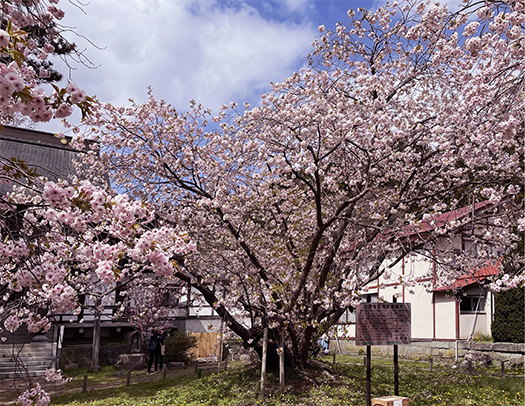
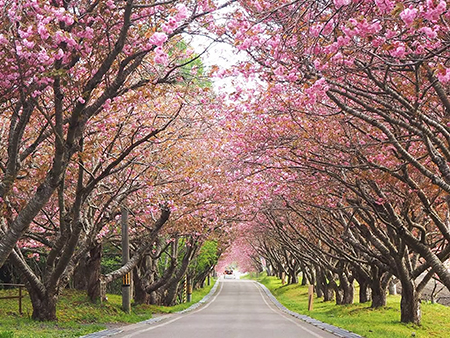
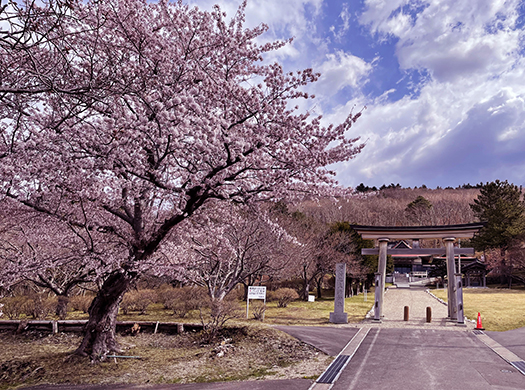
さて五稜郭公園のサクラの海に完全没入して満足感に包まれた後、ふたたびロングドライブで片道100kmほどの松前まで走り抜ける。五稜郭の土塁上を歩きまわってふだんの歩数をはるかに超えたカミさんからは「血脈桜だけ見ようね」という弱音発言(笑)。
最近、食生活改善のために料理で工夫を重ねてくれている。今回の旅でもお弁当持参で土曜朝と昼の食事。メニューはしっかり手の掛かる野菜中心の手料理ばかり。そういうことなので、普段と比べ家事労働の疲労が蓄積している。外食・コンビニ食ではよくないと、今回の旅では眺めのいい場所に停車して車中でお弁当三昧。長距離のクルマ移動は寝ていても疲れることもあって、松前での散策は控えめに致しました。
それでも松前光善寺の血脈桜だけにはしっかりご対面。こちらのサクラは樹齢300年という北海道最古のサクラ。これは松前の商人親娘が奈良の吉野に旅して当地で譲り受けてきたサクラの苗木が生長したもの。松前はサクラの品種が北海道とは思えぬほどに多種多様。なかでも「南殿〜なでん」品種が有力だけれど、親木になったのがこの血脈桜。五稜郭のサクラの大海には「でっかいどお、北海道」っていう開放的な地域らしさがあるけれど、道南最果ての松前では独特の歴史経緯が散りばめられている。なかなか油断できません。
さて一方下の写真は道南のサクラスポットで隠れた名所「石崎地主海神社」。カミさんオススメの場所なんですが、五稜郭などからは開花時期が遅れるので、開花の様子をまだ見たことがなかった。品種がやや遅咲きのものだそうで今回ようやく一部とは言え、咲いている状態を見ることができた。2番目の写真は函館市の観光案内HPからのもの。高台に位置する神社の参道はまっすぐ津軽海峡に向かって伸びていて、その参道をサクラのトンネルが覆いつくすのだそうです。
今回もそこまでの開花ぶりとは言えず、また次年度以降、健康長寿を心がけ満開の様子をこの目に焼き付けたいところです。
変わった神社名ですが由来は「亀田郡石崎地方は本道で最も古く、鎌倉時代(1185~1333)に和人が渡海して定着した由緒の地。明治43年、神社の開祖である大槻家の人々も北海道開拓を志し郷里仙台の地より嘉永年間より信仰していた猿田彦大神、天照大御神を奉じてこの地に入り、祠堂を建てた。その後、沿岸漁業の豊漁を祈るため、海津見大神を合祀した」とのこと。こちらも開拓入植以来の民の営みが伝わる。
English version⬇
A cherry blossom viewing trip to Matsumae, Hokkaido
The cherry blossom viewing spots in Hokkaido are usually characterized by a “huge sea of cherry blossoms,” but in southern Hokkaido, such as Matsumae, there is a historical atmosphere as well. However, in southern Hokkaido, such as Matsumae, there is also a sense of history.
After being completely immersed in the sea of sakura in Goryokaku Park, we took the long drive again to Matsumae, a distance of about 100 km each way. After walking around on the earthen mounds of Goryokaku, my wife, who had walked far more than her usual number of steps, said weakly, “Let’s just see the blood-red cherry blossoms” (laugh).
Recently, she has been making a lot of efforts to improve her diet by cooking. On this trip, she also brought her own lunch box and ate breakfast and lunch on Saturday. The menu is all homemade dishes centered on vegetables that take a lot of effort. Because of this, she is more fatigued from housework than usual. In order to avoid eating out and eating at convenience stores, we stopped at a place with a nice view and had a packed lunch in the car. Long-distance car trips can be tiring even when sleeping, so we decided to moderate our walking in Matsumae.
Still, we were able to see only the blood-vein cherry trees at the Matsumae Kozenji Temple. At 300 years old, this is the oldest cherry tree in Hokkaido. It is the seedling of a cherry tree that a merchant’s daughter from Matsumae traveled to Yoshino, Nara, and received in the area. The variety of cherry trees in Matsumae is so diverse that it is hard to believe that it is in Hokkaido. Among them, the “Nanden” variety is the most popular, but the parent tree of this tree is a “kosei-zakura” (cherry tree of blood). The sea of cherry trees in Goryokaku has the openness of Hokkaido, but Matsumae, located at the southernmost tip of Hokkaido, has a unique historical background. You can never be too careful.
The photo below is of Ishizaki Jishu Kaijinsha, a hidden cherry blossom spot in southern Hokkaido. It is a place recommended by my wife, but I had not yet seen it in bloom since the blooming time is delayed from Goryokaku and other places. The second photo is from Hakodate City’s tourist information website. The approach to the shrine, which is located on a hill, stretches straight up to the Tsugaru Strait, and a tunnel of cherry blossoms covers the approach.
I would like to see them in full bloom again in the next year or so to ensure my health and longevity.
The name of the shrine is unusual, but the origin of the name is “Ishizaki area in Kameda County is the oldest in the main road, and is the place with the history that Japanese people came to the sea and established themselves in the Kamakura period (1185-1333). In 1908, the Otsuki family, the founders of the shrine, came to this area from their hometown of Sendai to worship Sarutahiko and Amaterasu, who had been worshipped since the Kaei era, and built a shrine there. Later, to pray for good catches in the coastal fishing industry, he enshrined the deity Kaizumi-ohmikami. This shrine also conveys the activities of the people since the pioneer settlement.
Posted on 4月 26th, 2023 by 三木 奎吾
Filed under: 日本社会・文化研究 | No Comments »



